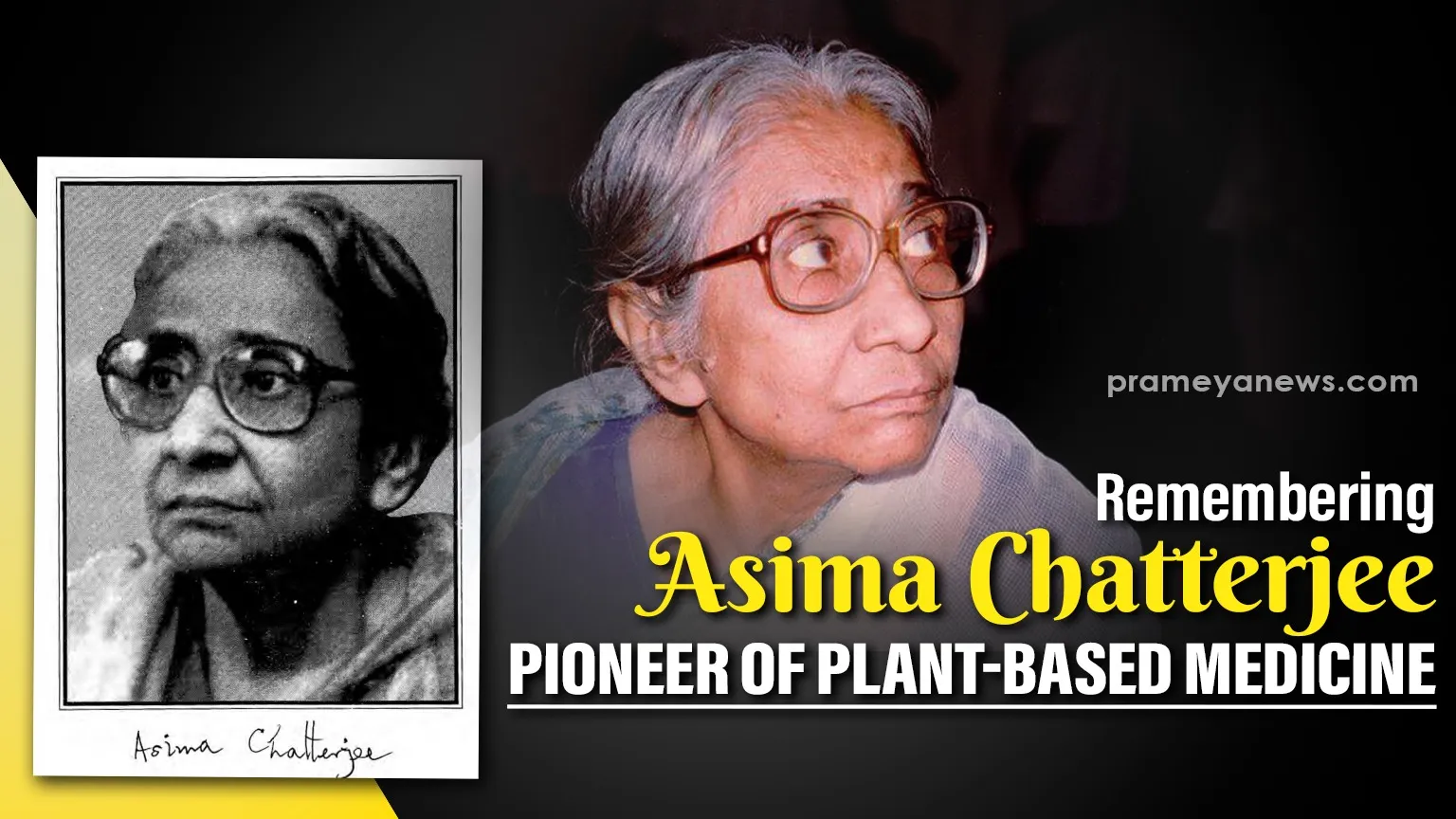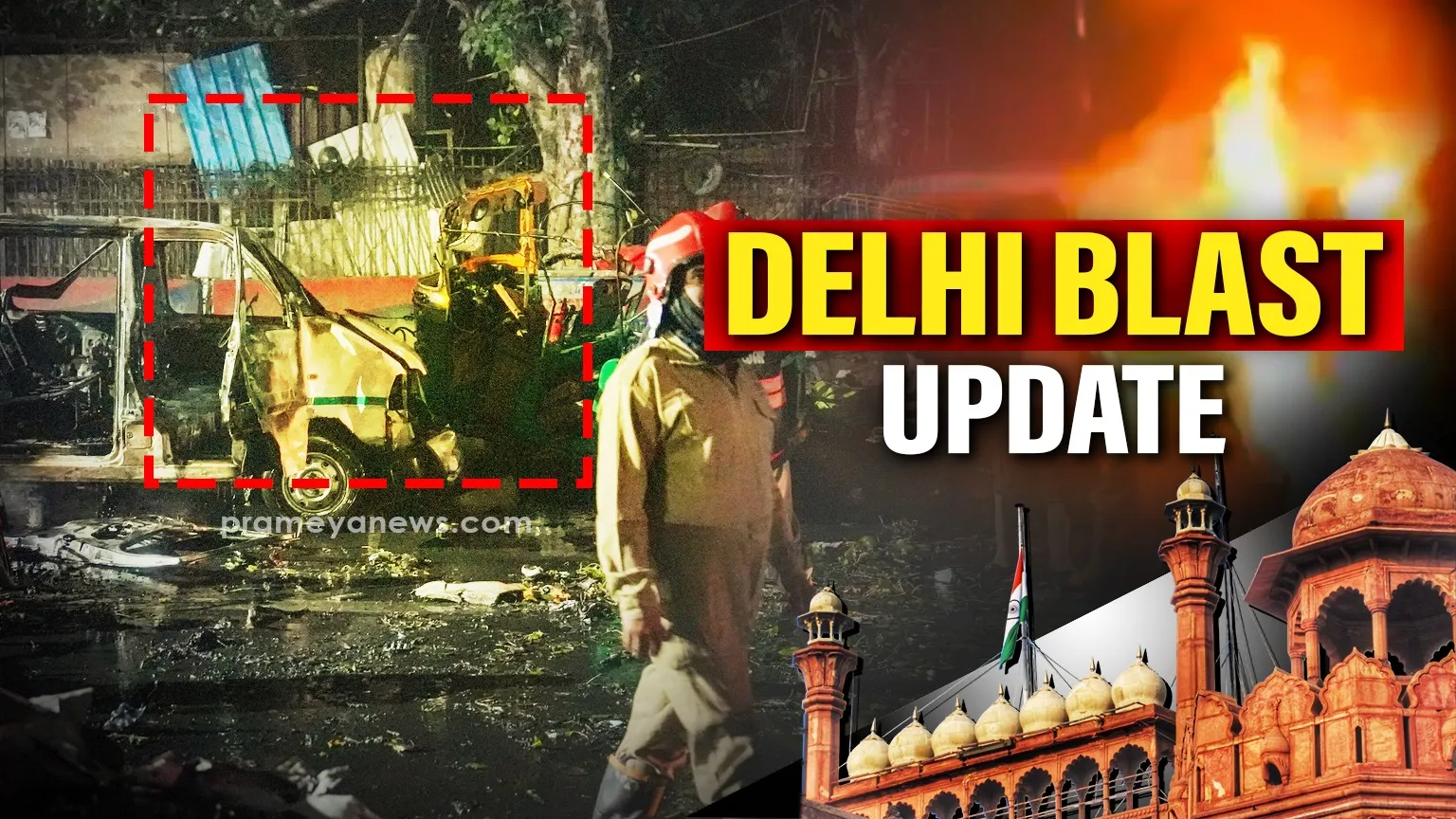

PoK handlers directed local operatives via encrypted Telegram chats
Significant breakthroughs have emerged in the investigation regarding the tragic suicide bombing at the Red Fort on November 10. Security agencies probing the Delhi Red Fort blast—which claimed 15 lives and injured over a dozen others—have successfully mapped out a complex network linking local operatives to foreign masters based in Afghanistan and Pakistan-occupied Kashmir (PoK).
According to recent reports, the investigation has moved beyond the immediate site of the explosion, where a Hyundai i20 packed with ammonium nitrate was detonated. Agencies have now identified key "foreign handlers" orchestrating the violence from across the border. Two specific individuals, Faisal Ishfaq Bhat and a figure known as Dr. Ukasha, have been pinpointed as the primary masterminds currently operating out of PoK and Afghanistan.
Following the Digital Trail
The breakthrough came through rigorous analysis of digital footprints, including fund transfers and chat logs. Authorities have frozen bank accounts containing over Rs 2 lakh linked to the terror module.
The probe gained momentum last month following the appearance of threatening posters bearing the insignia of Jaish-e-Mohammad (JeM). The arrest of three men responsible for creating these posters led police to a crucial link: a cleric named Maulvi Irfan Ahmad Wagay.
Wagay, arrested in late October, served as the bridge between street-level operatives and a more sophisticated cell. During interrogation, he admitted to communicating with handlers named Hashim and Ishfaq via the messaging app Telegram.
The Doctor Module
Perhaps the most disturbing revelation is the involvement of highly educated professionals. Information provided by Wagay led investigators to Dr. Muzammil Ahmad Ganai. His arrest exposed a cluster of radicalized medical practitioners and students living in rented accommodations across Faridabad, Saharanpur, and Nuh.
Digital forensics on Ganai’s phone revealed a constellation of Telegram identities used to coordinate weapon consignments and funding. This "doctor module" included Dr. Adeel Ahmad Rathar and, crucially, the suicide bomber himself, Dr. Umar Nabi.
Nabi had been a student at Al-Falah University but vanished shortly after the arrests of his associates began. Despite a Look-Out Circular and manhunts across multiple cities, he remained elusive until he drove the explosives-laden vehicle into the capital, executing the deadly attack.